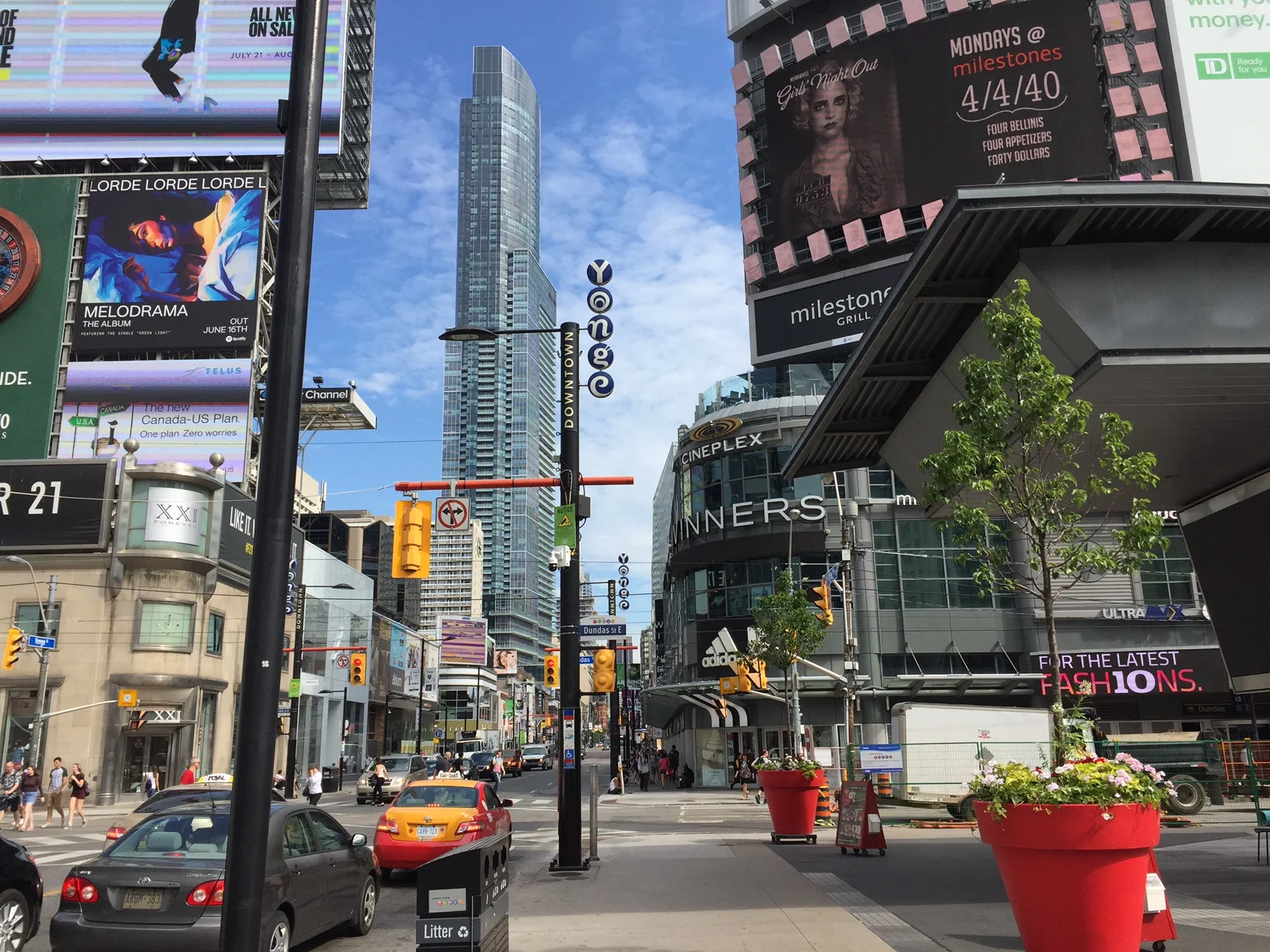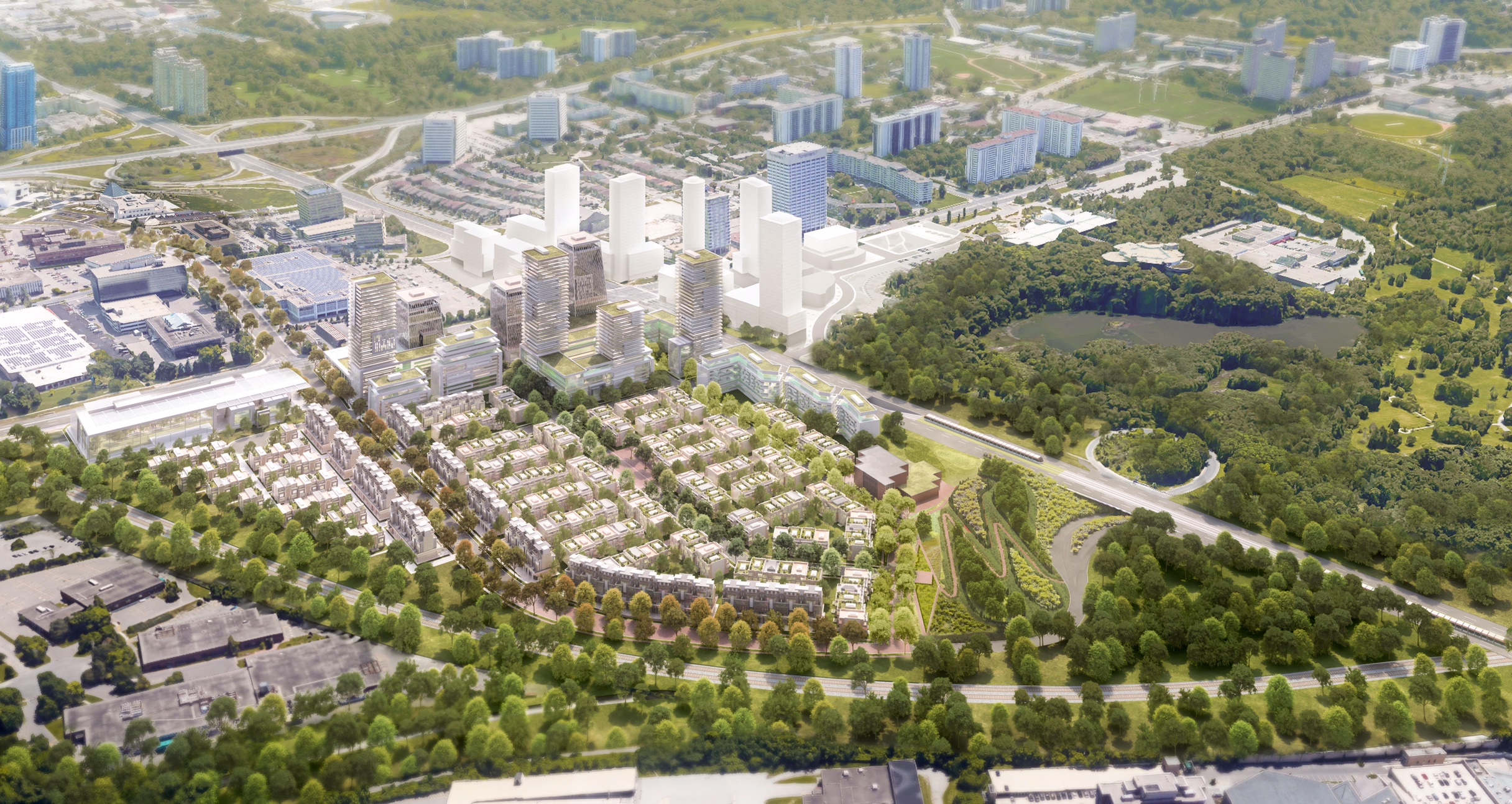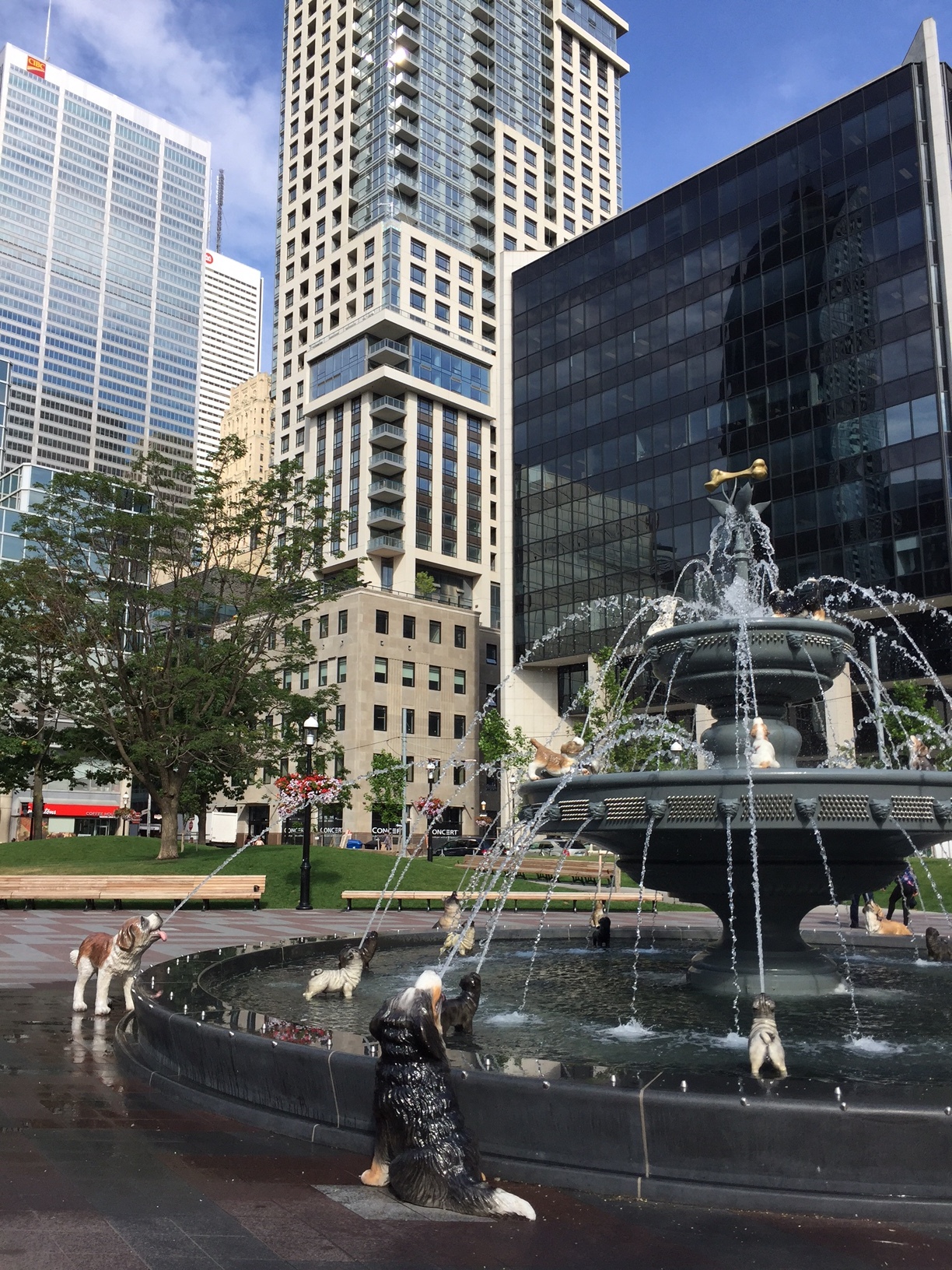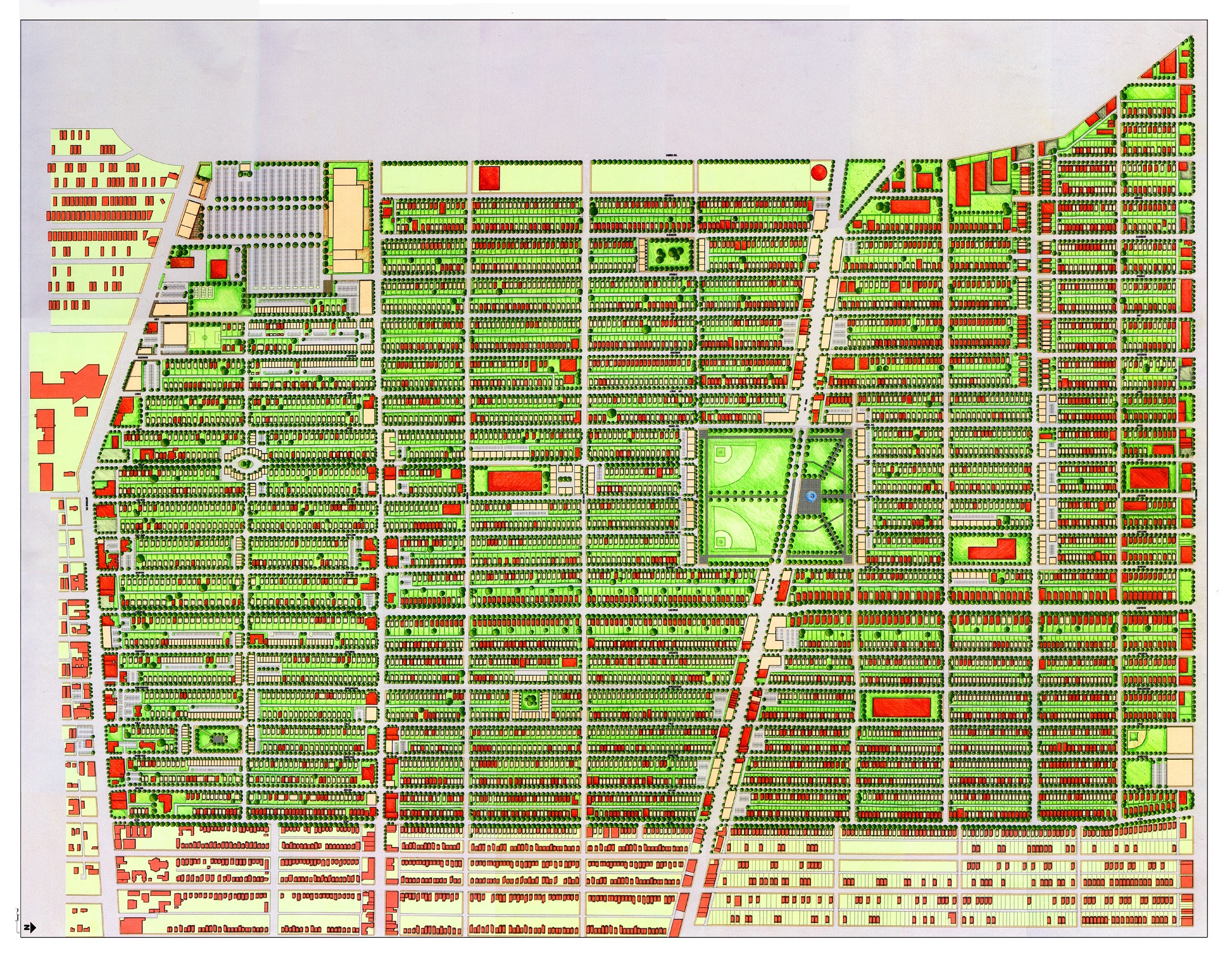Urban Masterplanning
Redeveloping or regenerating major urban districts requires a bold vision as well as a clear roadmap for achieving it. Such masterplanning is based on clear objectives and market knowledge, embodies memorable urban design and place-making, and incorporates targeted implementation strategies.

Client: Yonge Street Business and Resident Association, City of Toronto
February 1996 – February 1999
After 20 years of disinvestment and decay, Toronto’s main downtown shopping street is once again attracting millions of customers and billions of investment dollars.
Role: Directed the planning and implementation of the Yonge Street Regeneration Program, including the development of a four-block retail and entertainment project centred on a new public square. Initiated the establishment of the Downtown Yonge BIA, and served on its board for 10 years.

Client: Lifetime / Diamondcorp / Context Celestica Consortium
March – September 2015
Coinciding with the on-site opening of a new rapid transit station, this 60 acre property in central Toronto is to be redeveloped from its current industrial use into a new mixed use community. The master plan is purposed to tie together and provide an urban focal point for the wide ranging uses and amenities that currently, in a suburban format, surround it.
Role: Working with the ownership consortium, retained key consultants and co-ordinated the development of the master plan.

Employer: City of Toronto Planning Board
September 1973 – July 1978
Approved by the municipality in 1976, the Central Area Plan responded to a huge political shift in attitude toward the role and form of Toronto's downtown core. Promoting mixed use development, the Plan facilitated the large scale development of residential use in an exclusively commercial core area, while at the same time preserving the surrounding Victorian-era residential neighbourhoods. It also placed new emphasis on the quality of the area’s pedestrian environment through targeted urban design policy; on the creation of new urban parks and public spaces; and on the retention of historic buildings. The core area is now home to over 150,000 residents.
Role: Led the development of the Central Plan, overseeing and co-ordinating a team of City Planning staff and several specialist consultants; served as primary witness on behalf of the Plan at the landmark OMB hearings which confirmed its approval in 1978.

Client: Regional Municipality of Wood Buffalo, Alberta
August 2011 – November 2014
“City Centre – Fort McMurray” was a public sector initiative to promote and facilitate rapid redevelopment of the downtown core to meet the burgeoning urban needs of the Alberta Oil Sands region for new housing, retail, and office space, as well as urban amenities. Sustainability and excellent urban design were given high priority.
Role: Directed the development of a revised Official Plan, zoning by law, and development review process. Managed urban design aspects of various municipally initiated “catalyst” projects including a new public square, pedestrian bridge, civic centre, sports and entertainment centre. Also managed development of visualization aids and a marketing centre.

Client: City of Detroit, Michigan
December 1999 – June 2001
The City of Detroit required a detailed master plan to guide and facilitate the regeneration of a 1300-acre substantially abandoned neighbourhood in the city’s Far East Side district. The resulting plan envisaged major renovation of the existing street infrastructure, the addition of a new central park, and comprehensive renewal of the housing stock through rebuilding and renovation. Mixed-use development was encouraged along main arterial roads, aimed at facilitating small business development as well as encouraging the location in the area of badly needed shopping and community support facilities.
A radical change occurred in political leadership soon after the plan was completed, so it was not implemented.
Role: Led a multi-disciplinary consulting team in a detailed analysis of existing conditions and the development of plans to guide future land use, the parcelization of sites for redevelopment, and public investment in infrastructure improvements.
